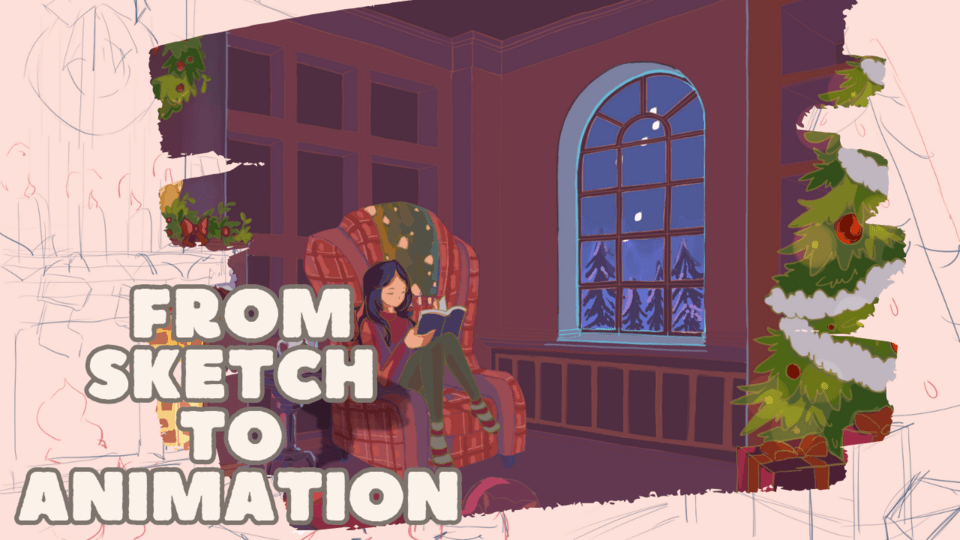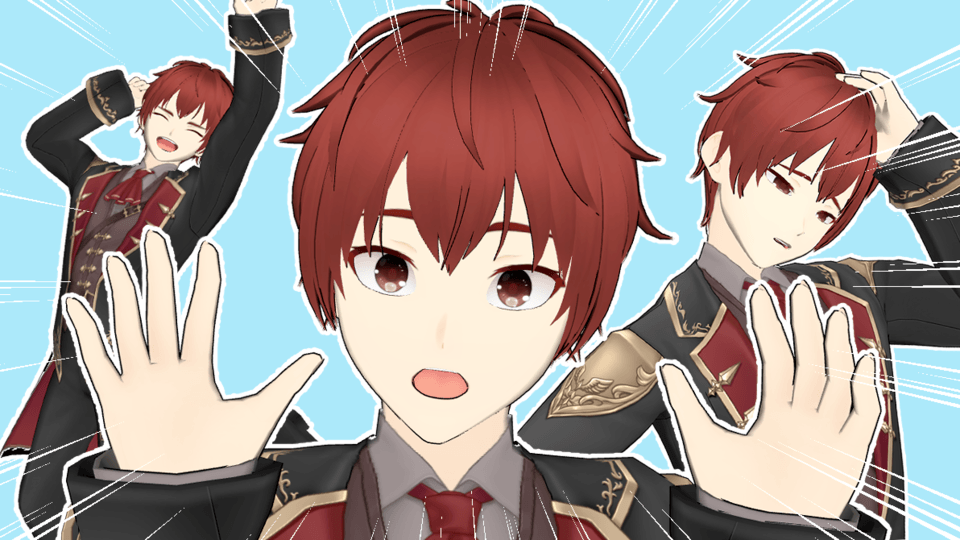Adding Shadow in simple steps (A-Z)
Introduction
I am going to be explaining how to create shadows and making it as simple as possible.
I will explain using the smartphone version but you can also follow with the tablet version/windows version.
The most important thing is identifying the tools and commands because they are the same in every version.
Identifying tools and commands icon.
Below are the tools we will be using while making shadows.
1. Eye dropper
2. Pen
3. Pencil
4. Brush
5. Airbrush
6. Blending tool
7. Fill tool
8. Dragging point
9. Clip
10. Lock Transparent Pixel
11. Layer
12. Tool property
13. Color palette
14. Create new layer
15. Hide/unhide layer
Physics of creating shadow.
When light is directed on an object the area facing the source of light recieves light and the shade hidden from the light cast a plane dark figure which is the shadow on the object next to it or on the ground.
Note: Shadow can't be cast on space, it is either there is an upright object next to it or it is cast on the ground.
Shadow observations.
1. The source of light, object and shadow are all on a straight line.
2. The figure blocking the light wether round or cubic is cast as a plane figure on the ground or object next to it.
3. The more slant the direction of the light from source to object is, the longer the shadow.
4. The more intense the light falling on the object is, compared to surrounding light the darker the shadow and the area hidden from light but the colour of the area exposed directly to the light source get lighter. (e.g A full moon night).
Shadow practice.
Now, after having the idea of where shadows should fall according to light source, we will apply that knowledge to facial shadows of a Manga character.
We are focusing on shadows, make sure your color filling for hair and face are done on separate layers.
We be drawing the above picture, notice that the light is coming from the 10' o clock direction, so most of the shadows will fall to the 4 o' clock direction which is the opposite direction.
After finishing the line drawing, create a new layer for hair, double click the name to rename it as 'hair'.
(Refer to the identifying tools and commands icon section to identify commands and tools)
Select layer
Click new layer
Drag the hair layer under the line drawing layer so the lines can be visible
Note the layer with pencil icon shows the layer you are working on currently.
Select the fill tool from the tool palette
Select refer other layers
Click the area to fill
Use the same area for filling to add shade by selecting a darker tone of the color you used.
(Note: you can use eye dropper tool to pick a color from the layer you are currently working on.)
Select layer and click Lock Transparent Pixel icon before adding shades
This is to prevent the shading from passing the line.
Select the pen tool and select G pen from sub tool.
Use it to draw to the shade
Select air brush tool from the tool palette and soft from the sub tool palette and lower the opacity and brush size.
Select white color from the color palette and use it to slightly add white where light is reflected.
Repeat the layer creating step and create a new layer for the skin, (remember to rename it).
Select a skin color from the color palette and use the fill tool to add it make sure 'refer other layers ' is selected, you can also select it in the tool property.
After filling it select a darker tone of the skin color and repeat the same method used in the hair to apply the shadow by selecting the pen tool and then select the G pen tool from the sub tool.
Note: the coloring and shading of each part are on the same layer, so remember to click 'lock transparent pixel'before applying shadow to prevent the shading from going outside the skin area.
Create a new layer for the shirt.
Repeat the same step for the shirt.
Fill the color first with fill tool
Click Lock Transparent Pixel
You can also add white highlight with the airbrush using white color
Create a new layer for the eye and hair band.
Use the G pen and fill tool respectively to add color.
Create a separate layer for background
Drag the background layer to the the bottom because it is at the back of the whole picture.
You can fill it with plain color or decorate it as you want.
Now, our character is ready!
Check the layer arrangement below for correction.
Conclusion.
I hope you have picked up a thing or two about all there is to adding Shadow you can go over it again for better understanding.
Thanks for reading.











Comment